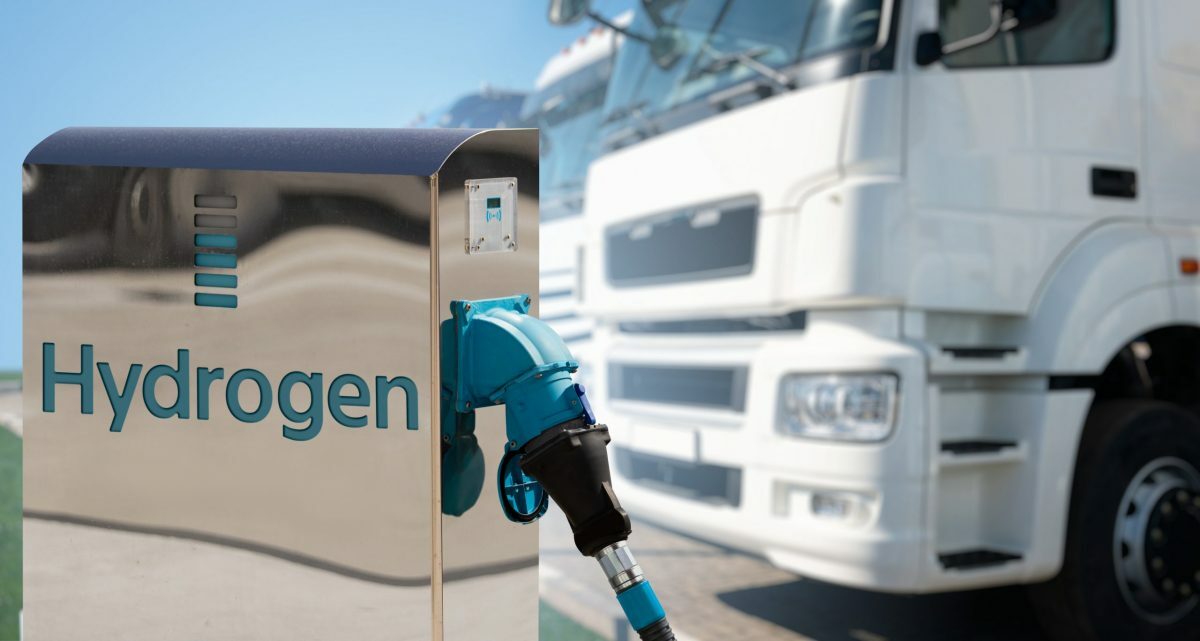During an accident, the occupants of a vehicle are subjected to enormous forces that could result in injury. The international automotive supplier
Continental has developed a new function to tighten seatbelts immediately prior to an accident, which can reduce the severity of possible injuries by up to 15 percent. This new ContiGuard function – Active Emergency Belt Control – received the Euro NCAP Advanced Award last year and is already available in two compact cars produced by major German automobile manufacturers.
“Safety systems like seatbelts and airbags are fully effective if occupants happen to be in the optimal sitting position before the impact. Our new Active Emergency Belt Control function can make this possible by tightening the seatbelts and holding the occupants in that optimal position“, said Dr. Ralf Schnupp, Head of the Occupant Safety & Inertial Sensors (OSIS) segment of the Passive Safety & Sensorics Business Unit in Continental’s Chassis & Safety Division. Seatbelt tightening occurs by means of a reversible electro-mechanical belt tensioner. In order to provide added safety, the car’s windows and sunroof shut automatically so that objects cannot penetrate into the car’s interior in the course of an accident.
For this function, the driving status of the vehicle is analyzed in the Safety Control Unit (SCU) with the help of vehicle dynamics sensors and signals from surrounding sensors. As soon as the system detects that the driver is slamming on the brakes, that the car is skidding, that a low-speed accident is about to occur, or that a front-end or rear-end collision is imminent, the Active Emergency Belt Control activates the integrated safety functions prior to impact.
Tests demonstrate effectiveness
Continental Safety Engineering – the engineering and testing service supplier for active and passive vehicle safety of the Division Chassis & Safety in Alzenau, Germany – has proven the effectiveness of the new function by means of an extensive test program. Dynamic road tests demonstrated to what extent early activation of the seatbelt was able to hold an occupant in the optimized position with the vehicle executing
a borderline maneuver. Parallel tests were conducted without belt activation as a control. In these cases, the vehicle occupant was jolted out
of the ideal position. Crash scenarios using an acceleration sled simulated the position of occupants obtained through the driving tests. “We
were able to observe much less severeinjuries, which proved the effectiveness of the Active Emergency Belt Control function”, said Dr. Gunnar
Jürgens, Managing Director of Continental Safety Engineering.
An affordable, integrated safety function
Centralized triggering of the front-seat electro-mechanical seatbelt tensioners via the Safety Control Unit permits low-cost system architecture in cars. Integrating the feature into the safety control unit moreover, makes it possible to introduce functions in mid-class cars that have been common only in premium automobiles up till now. Continental is expanding its safety strategy ContiGuard by adding Active Emergency Belt Control. ContiGuard integrates active and passive safety systems, which work even more effectively together, due to interlinking safety technologies with their related surrounding sensors, driving dynamics sensors and the evaluation of the driver behavior.



